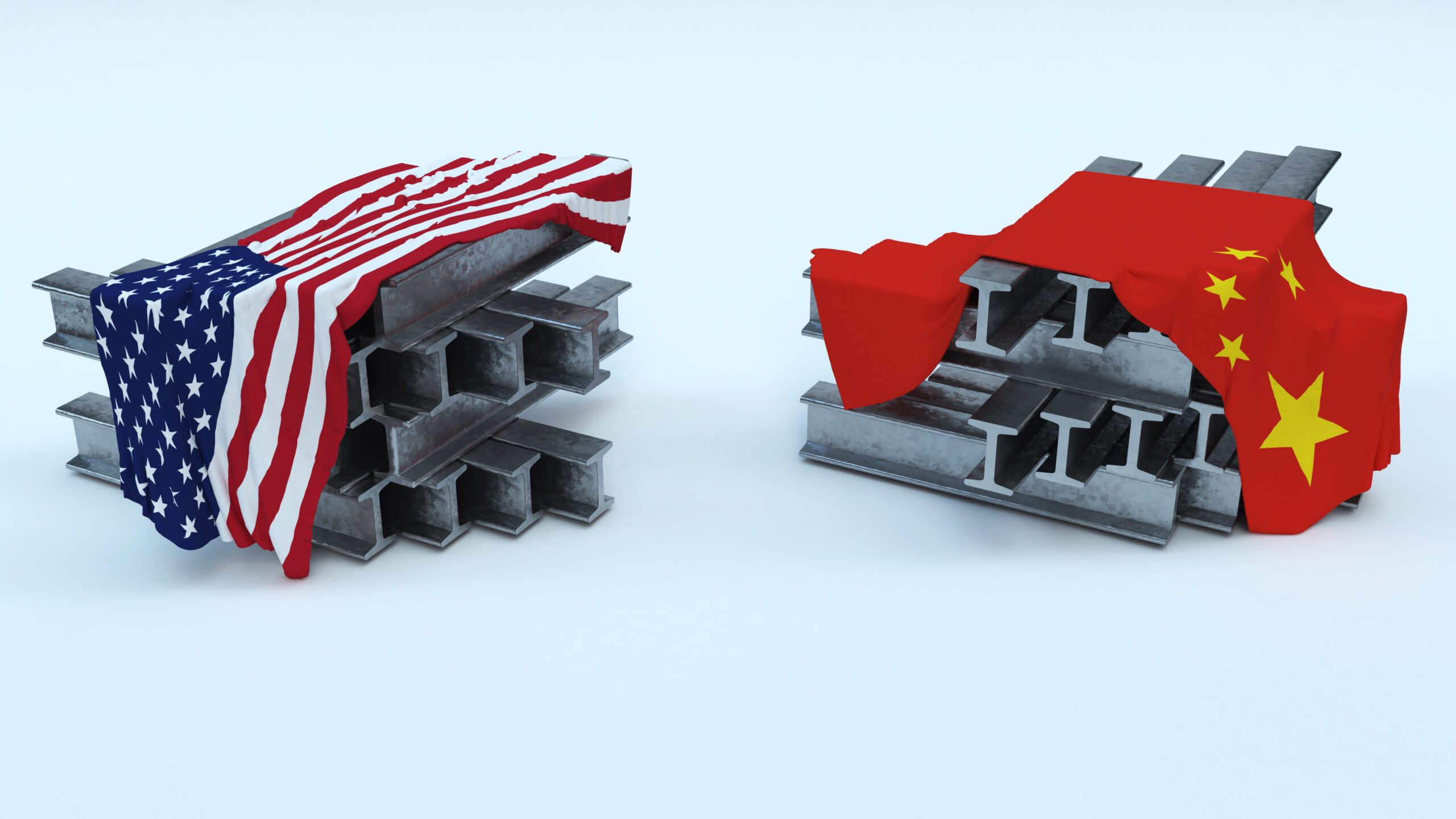Introduction
In a significant shift in its manufacturing strategy, Apple has announced that the majority of iPhones destined for the U.S. market will now be produced in India. This move comes as the company braces for an estimated $900 million increase in costs this quarter due to tariffs imposed by the U.S. government on Chinese imports. Additionally, Apple plans to manufacture other key products like iPads, Macs, Apple Watches, and AirPods in Vietnam.
The Impact of U.S. Tariffs on Apple
During a recent earnings call, Apple CEO Tim Cook revealed that the company’s costs could rise by approximately $900 million in the current quarter due to U.S. tariffs on Chinese goods. These tariffs, part of the Trump administration’s trade policies, have prompted Apple to reconsider its reliance on Chinese manufacturing for products sold in the U.S.
Cook emphasized that while the impact was initially limited, the situation has become more complex. The company is uncertain about potential future actions and is taking proactive steps to mitigate risks associated with ongoing trade tensions.
Transitioning iPhone Production to India
To counteract the financial impact of tariffs, Apple is shifting a significant portion of its iPhone production for the U.S. market to India. This strategic move not only helps the company avoid tariffs but also aligns with its broader goal of diversifying its supply chain.
India has been a focal point for Apple’s manufacturing expansion in recent years. The company has been working with local partners like Foxconn and Wistron to assemble iPhones in the country. This shift is expected to bolster India’s position as a key player in Apple’s global supply chain.
Vietnam: The New Hub for Apple’s Other Products
In addition to moving iPhone production to India, Apple is relocating the manufacturing of other products to Vietnam. This includes iPads, Macs, Apple Watches, and AirPods. By diversifying its manufacturing base, Apple aims to reduce its dependence on China and mitigate risks associated with geopolitical tensions and supply chain disruptions.
Vietnam’s growing manufacturing capabilities and favorable trade relations with the U.S. make it an attractive destination for Apple’s production needs. This move is expected to enhance the company’s resilience against future trade uncertainties.
Financial Performance Amidst Supply Chain Shifts
Despite the challenges posed by tariffs and supply chain adjustments, Apple reported strong financial results for the second quarter of 2025. The company posted revenue of $95.4 billion, a 4% increase from the previous year, and earnings per share of $1.65, surpassing analysts’ expectations.
However, concerns over the long-term impact of tariffs and supply chain changes led to a decline in Apple’s stock price, which fell over 4% in after-hours trading. Investors remain cautious as the company navigates the complexities of global trade dynamics.
The Broader Implications for Global Supply Chains
Apple’s decision to shift production away from China has broader implications for global supply chains. As one of the world’s largest technology companies, Apple’s moves are closely watched and often set industry trends. Other companies may follow suit, seeking to diversify their manufacturing bases to reduce exposure to geopolitical risks.
This trend could lead to significant changes in global manufacturing patterns, with countries like India and Vietnam emerging as key hubs for electronics production. Such shifts may also influence labor markets, trade policies, and economic development in these regions.
Challenges and Considerations
While diversifying production offers strategic advantages, it also presents challenges. Setting up new manufacturing facilities requires substantial investment, time, and coordination with local governments and suppliers. Additionally, ensuring consistent product quality and managing logistics across multiple countries can be complex.
Apple must also navigate regulatory environments, labor laws, and cultural differences in its new manufacturing locations. Building strong relationships with local partners and investing in workforce training will be crucial for the success of these transitions.
Consumer Impact: What This Means for Buyers
For consumers, Apple’s supply chain shifts may have several implications. By avoiding tariffs, the company can potentially keep product prices stable, preventing cost increases that might have been passed on to buyers. Additionally, diversifying production could enhance product availability and reduce the risk of supply shortages.
However, the long-term effects on pricing and product offerings will depend on various factors, including production costs in new locations, currency fluctuations, and global demand. Consumers should stay informed about these developments, as they may influence purchasing decisions.
Conclusion
Apple’s strategic move to shift iPhone production to India and other product manufacturing to Vietnam marks a significant turning point in its global operations. Driven by the need to mitigate the impact of U.S. tariffs and reduce reliance on Chinese manufacturing, this decision reflects the company’s adaptability in the face of geopolitical challenges.
As Apple continues to navigate the complexities of global trade, its actions will likely influence broader industry trends and reshape the landscape of electronics manufacturing. Consumers, investors, and policymakers alike will be watching closely to see how these changes unfold and what they mean for the future of technology production.



